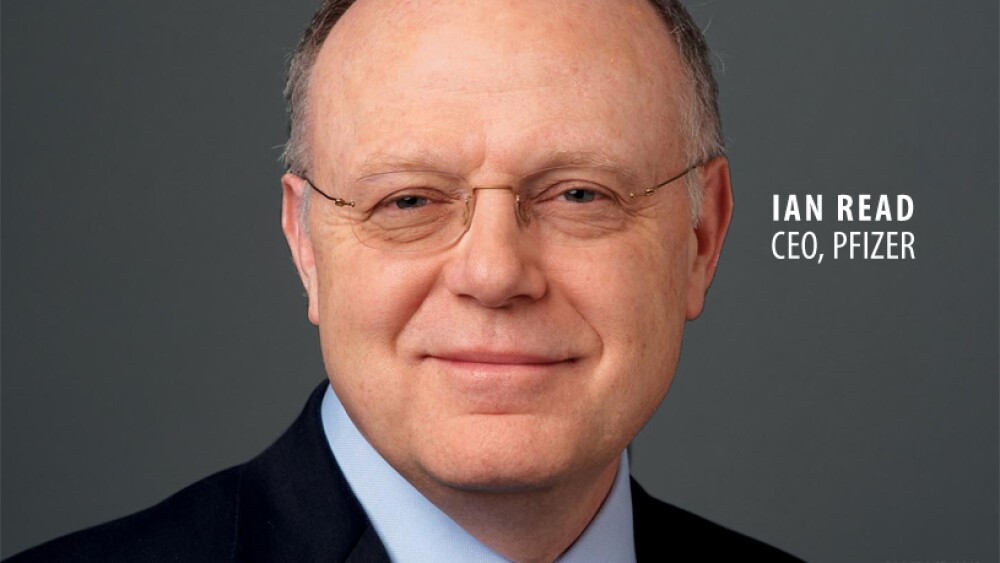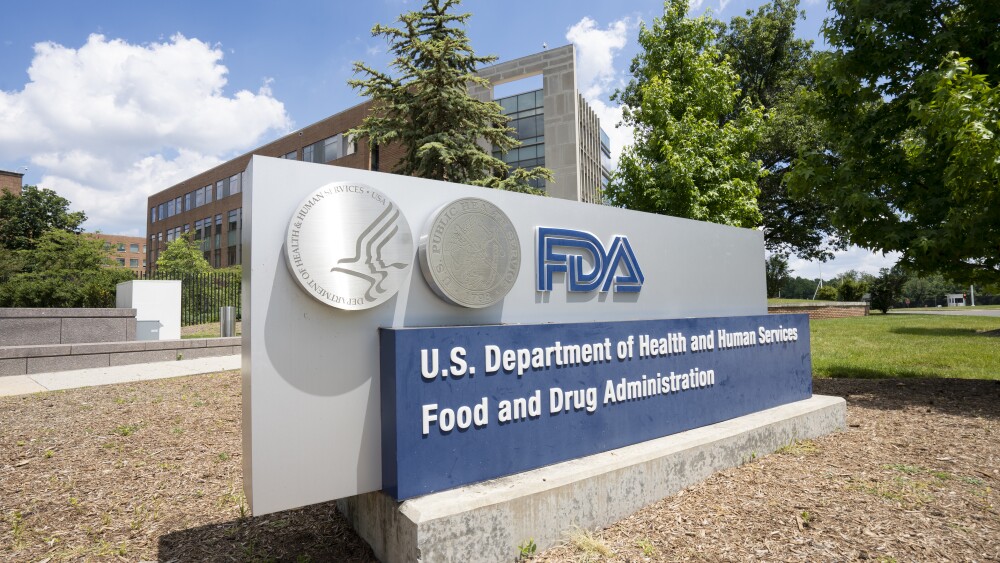August 11, 2016
By Mark Terry, BioSpace.com Breaking News Staff
All eyes are on Pfizer , waiting impatiently to see if the company decides to split into two, or continue a so-called “acquire-to-expand” strategy. Or both.
The possibility of Pfizer breaking into two companies has been going on for at least three years, long before it announced it was going to merge with Dublin-based Allergan , and before that Pfizer-Allergan merger collapsed as the result of new Department of Treasury rules aimed at making tax inversion deals more difficult. Even during the merger discussions, the idea, after the mega-merger, was to then break the even bigger company into two larger companies.
The split would create one company focused on mature, branded drugs that have often lost patent protection, and newer, faster-growing drugs.
As it is currently structured, Pfizer has two primary units, Pfizer Essential Health, made up of the Global Established Products (GEP) division, and Pfizer Innovative Health, which has two units, Global Innovation Products (GIP) and Vaccines, Oncology and Consumer healthcare (VOC). The GEP accounts for a significant proportion of Pfizer’s annual revenue, but the GIP and VOC divisions are far more growth-based than the established products.
GIP products include Enbrel, Lyrica, Eliquis, and Xeljanz. Analysts project those products could bring in $14.6 billion this year. VOC makes up about 29 percent of Pfizer’s total revenue, and its two top-selling products are a vaccine called Prevnar, and breast cancer drug, Ibrance. Both Prevnar and Ibrance have exceeded expectations, and are projected to bring in $7 and $9 billion in sales by 2020, respectively.
Pfizer’s chief executive officer, Ian Read, recently held an investor meeting with Bank of America Merrill Lynch to discuss the company’s plans. BoA Merrill Lynch published a report on the meeting this week, with authors Colin Bristow and Jeehyea Choi saying, “On the potential split, no decision has been made and Pfizer is currently evaluating the two scenarios and what is optimal for shareholders. A communication of the decision is expected prior to year end.”
Which is exactly what Pfizer has been saying all year long.
BoA Merrill Lynch does point out that Ibrance’s success and likely strong growth as Pfizer expands its use, may have an effect on the company’s strategy. Bidnessetc writes, “Such growth yield from the new drugs eliminates the need of a split up from the table. Moreover, various problems related to a potential split may arise, which the management might not be able to handle at the current moment.”
Bristow and Choi lay out five potential problems with a split-up, writing, “Aside from share price appreciation and depressed comp valuations, Pfizer cited several challenges faced with splitting such as,
1) tax efficiencies from splitting could not be realized for at least three years (following the issuance of the new treasury regulations),
2) loss of ability to pass post loss-of-exclusivity products from the Innovative Health to the Essential Health business (but agreements on products could be set up ahead of a split),
3) dis-synergies of duplicating core business functions,
4) diminished financial flexibility (i.e., directing cash flow from one business to another), and
5) risk to brand recognition which is important for Essential Health products in emerging markets.”
Which doesn’t necessarily mean Pfizer will abandon the split scenario. The company recently indicated that if it chose not to split soon, it would always have the option to do so in the future if the company’s situation called for it.
Meanwhile, it seems to have plans to buy small- or mid-sized companies. The BoA Merrill Lynch report said, “Pfizer stated that it would consider large-scale deals providing there is value for shareholders. Pfizer stated that it would not be averse to another inversion attempt but the potential targets and high risk of regulatory blockade mean it is an unlikely scenario.”





